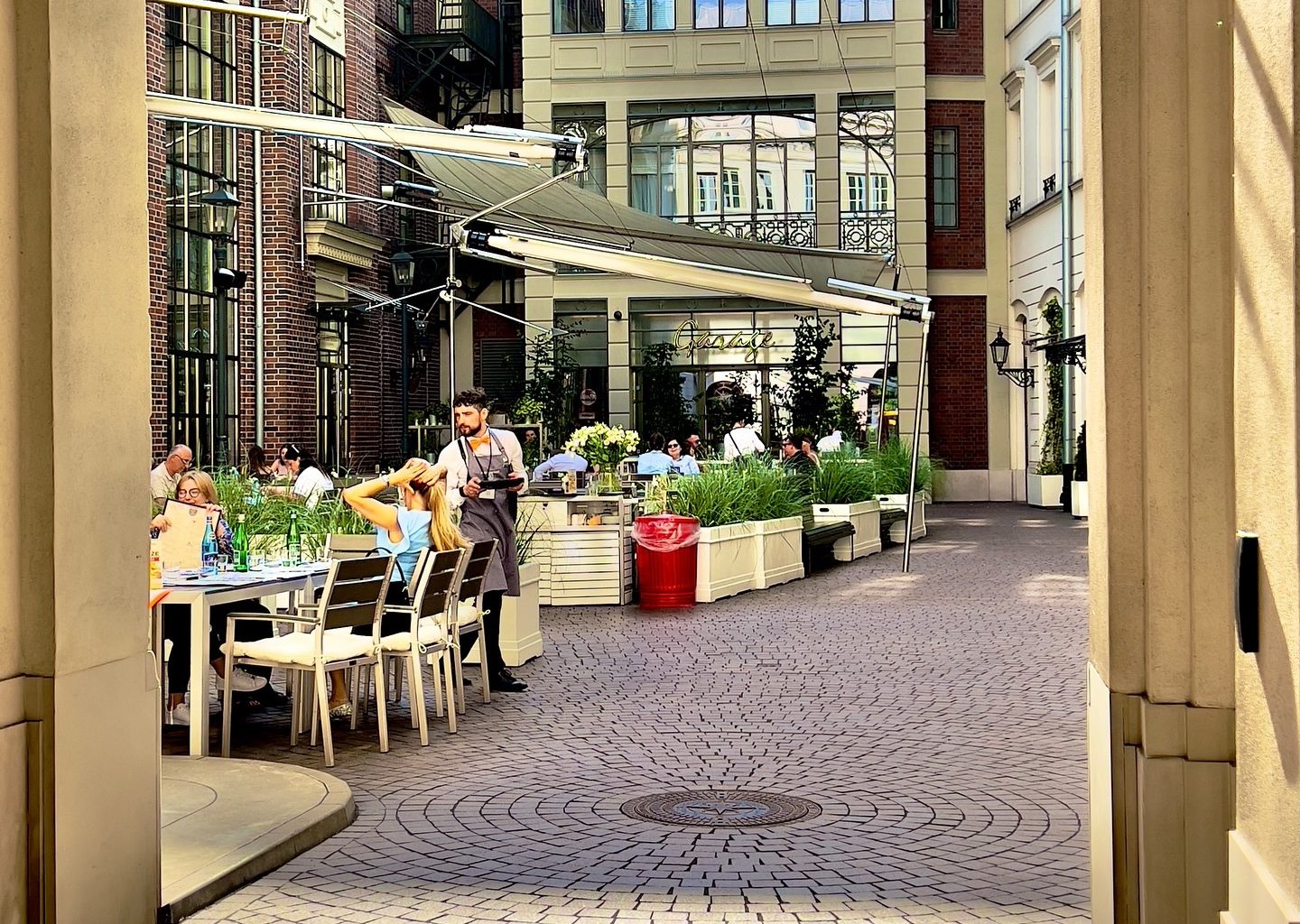Warsaw is a city of resilience. Nearly 85% destroyed during World War II, it was painstakingly rebuilt in the decades after, earning UNESCO World Heritage status for its restored Old Town in 1980. Today, it’s Poland’s largest city, home to over 1.8 million people, and a growing hub for technology, design, and the arts.
The city has been home to Nobel Prize–winning writer Olga Tokarczuk, pianist Frédéric Chopin, and influential political figures such as Lech Wałęsa during his time in the capital.
While tourists often head straight for the Royal Castle or Łazienki Park, Warsaw’s most intriguing spots lie in its independent art galleries, riverside hangouts, tucked-away wine bars, and neighborhood food markets. Localsinsider set out to find them.
Neighbourhoods
Śródmieście is Warsaw’s bustling heart, mixing the reconstructed Old Town with communist-era architecture and glossy high-rises. It’s where you’ll find major museums, theatres, and high-end dining.
Across the river, Praga has an edgier feel — former factories turned into art spaces, indie cafés, and a growing creative community. Mokotów, with its leafy streets and pre-war villas, is home to embassies, parks, and a mix of upscale restaurants and family-friendly spots.
Żoliborz offers a quieter pace with modernist housing estates, small theatres, and weekend markets that draw locals more than tourists. Wola, once industrial, now mixes skyscrapers with memorials marking the city’s WWII history.
Are you ready?
15 Cool Things to Do, See and Experience in Warsaw
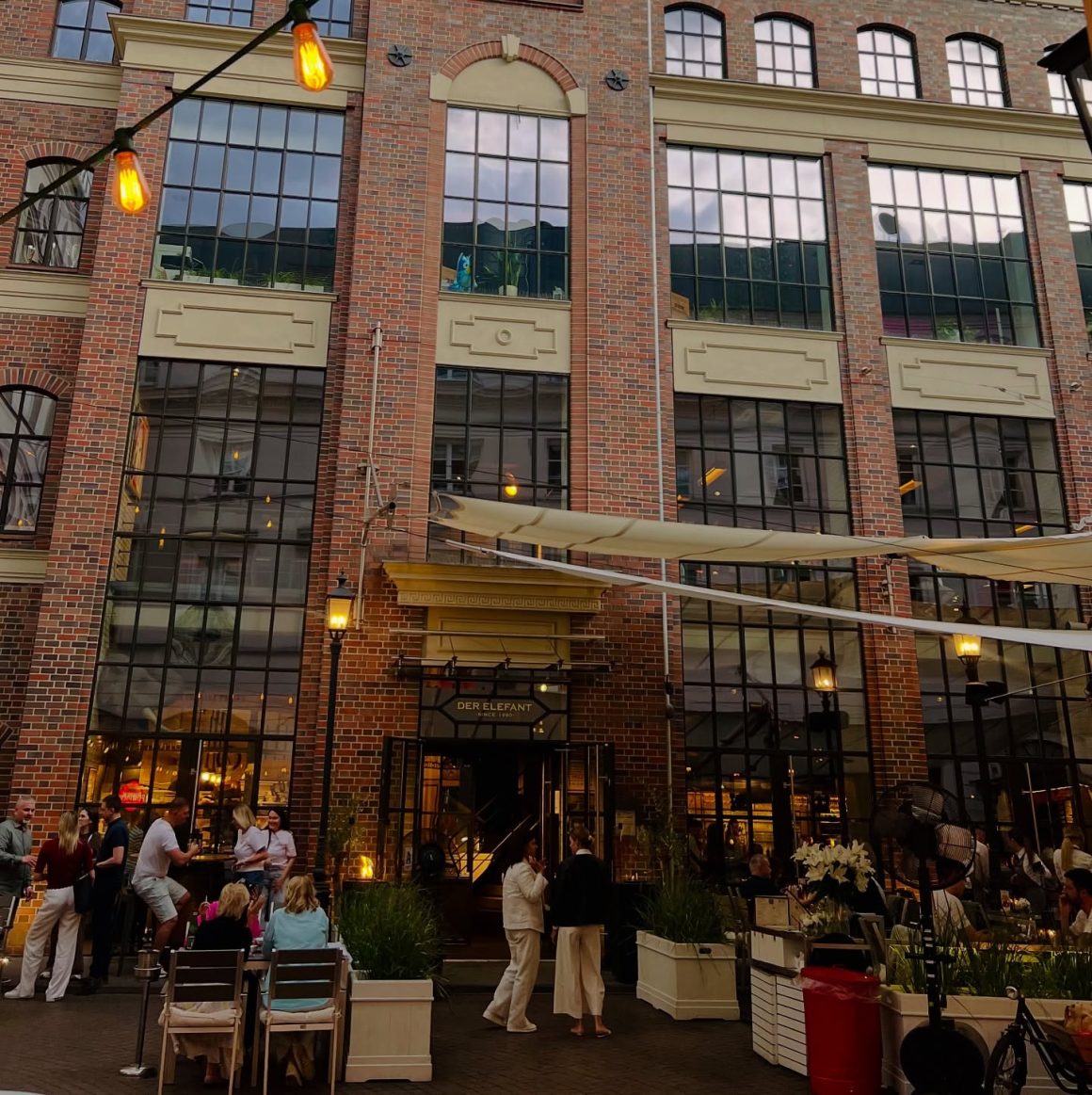
1. Oysters at Der Elefant
Der Elefant, just off Bank Square, has been serving fresh seafood in Warsaw since 1990. Known for its oyster bar, it imports varieties like Fine de Claire and Gillardeau twice weekly from France. The raw oysters start at around 14 PLN ($3.50) each, served on crushed ice with lemon or mignonette.
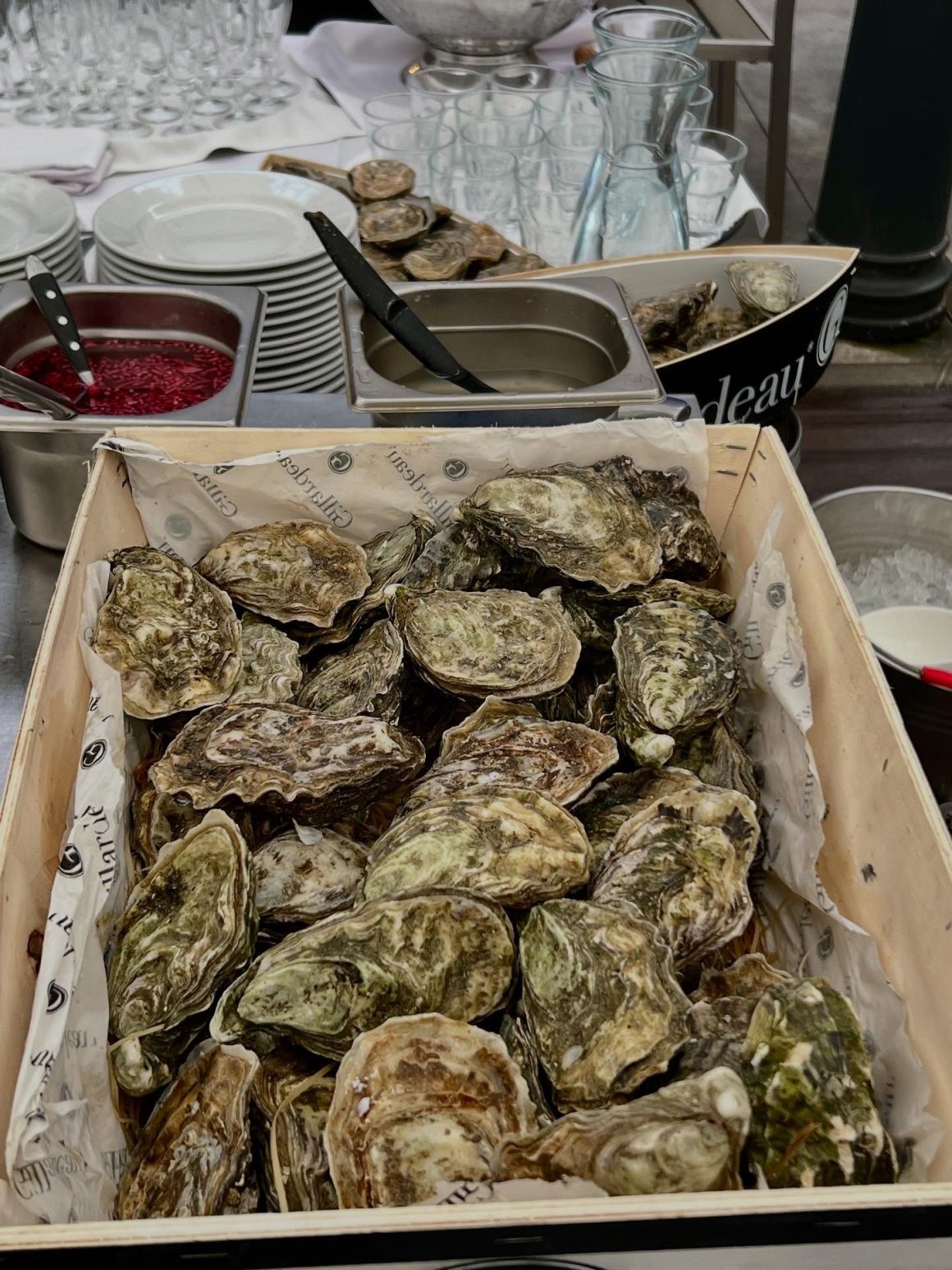
The main dining area, once a bank hall, has soaring ceilings and original columns. The restaurant also offers a weekday oyster happy hour, making it a regular stop for Warsaw’s business crowd. The owner, Adam Gessler, is a well-known Warsaw restaurateur with a reputation for preserving historic interiors in his venues.
2. Breakfast at Charlotte Menora
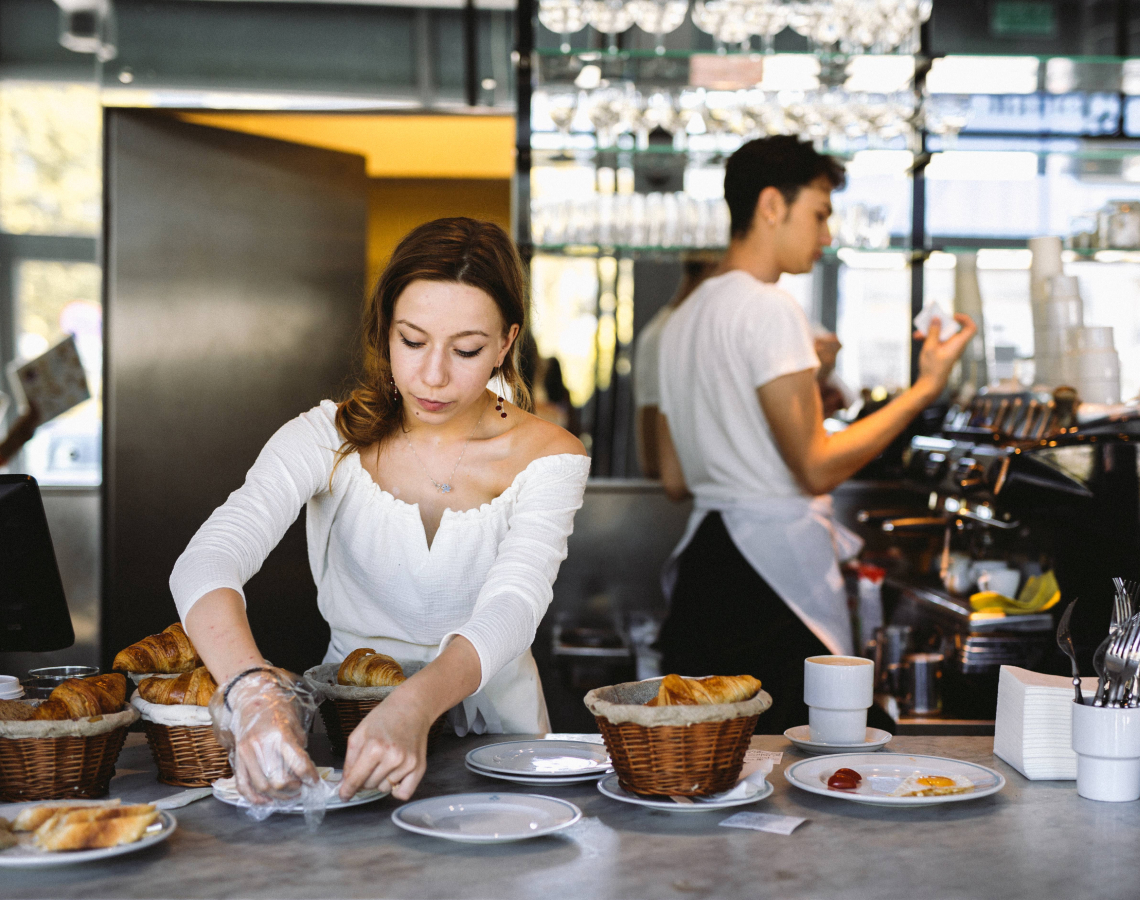
Located on Grzybowski Square, Charlotte Menora blends a French-style bakery with nods to Warsaw’s Jewish heritage. It’s part of the Charlotte chain, but this location has a particularly meaningful setting — next to the only surviving fragment of the pre-war square. The breakfast menu includes freshly baked croissants, tartines, and house-made jams for around 28 PLN ($7).
Their coffee is roasted in Poland, and the long communal tables attract a mix of locals, students, and nearby office workers. Open from 7:30 a.m. on weekdays, it’s ideal for an early start before exploring Śródmieście.
3. Warsaw Philharmonic Hall
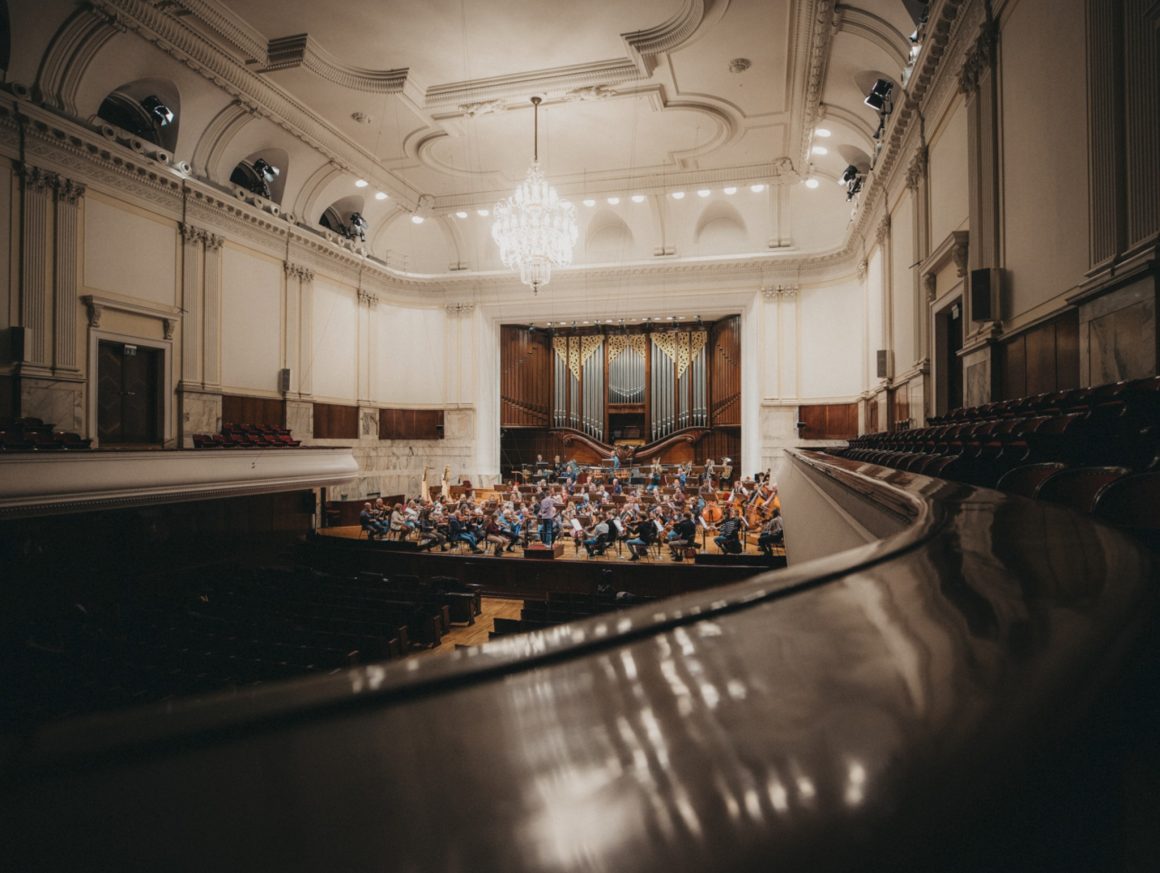
Built in 1901 and rebuilt after the war in 1955, the Warsaw Philharmonic is the city’s premier classical music venue. It has hosted renowned conductors such as Witold Rowicki and international stars like Yo-Yo Ma. The hall seats over 1,000 people, and tickets for evening performances range from 30 PLN ($7.50) to 120 PLN ($30).
The building’s neoclassical facade hides a modern interior with excellent acoustics, redesigned in the 1990s. Attending a concert here is a chance to see how Warsaw balances tradition with modern culture.
4. Hiking at Kampinos National Park

Just 30 minutes from central Warsaw, Kampinos National Park offers over 350 km (217 miles) of marked trails through forests, dunes, and wetlands. It’s free to enter and home to wildlife like elk and beavers.
The park, a UNESCO biosphere reserve, played a role during WWII as a site of partisan activity. You can start from the village of Truskaw, easily reached by bus, and spend a full day hiking or cycling. Bring water and snacks — facilities inside the park are minimal, which keeps it wild and peaceful.
5. Wine at Ale Wino!
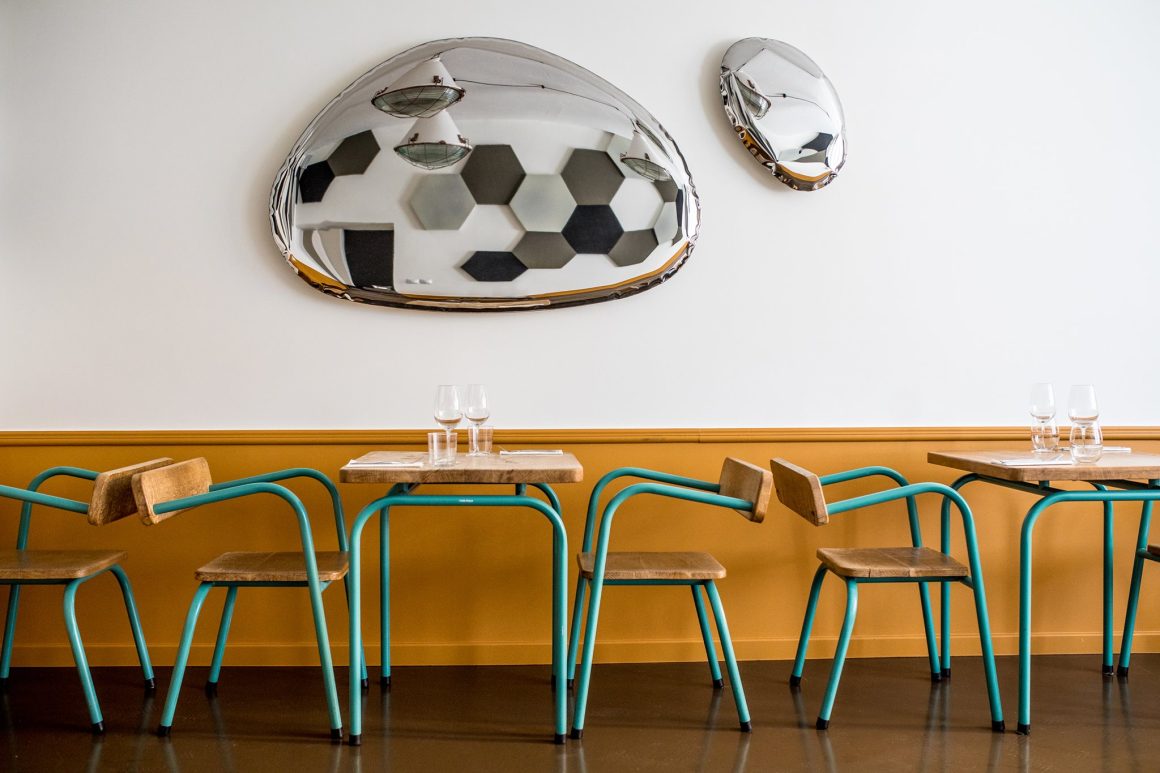
Ale Wino! started as a wine shop in 2013 and evolved into a wine-focused restaurant hidden in a courtyard off Mokotowska Street. The brick-vaulted interior and shaded garden make it a year-round favorite.
The wine list features Polish labels alongside French, Italian, and natural wines, with glasses starting at 24 PLN ($6). The owners, Agata and Sebastian, are sommeliers who personally select every bottle. In summer, tables fill quickly, so reservations are advised.
6. Champagne & Cocktails at Bristol Bar
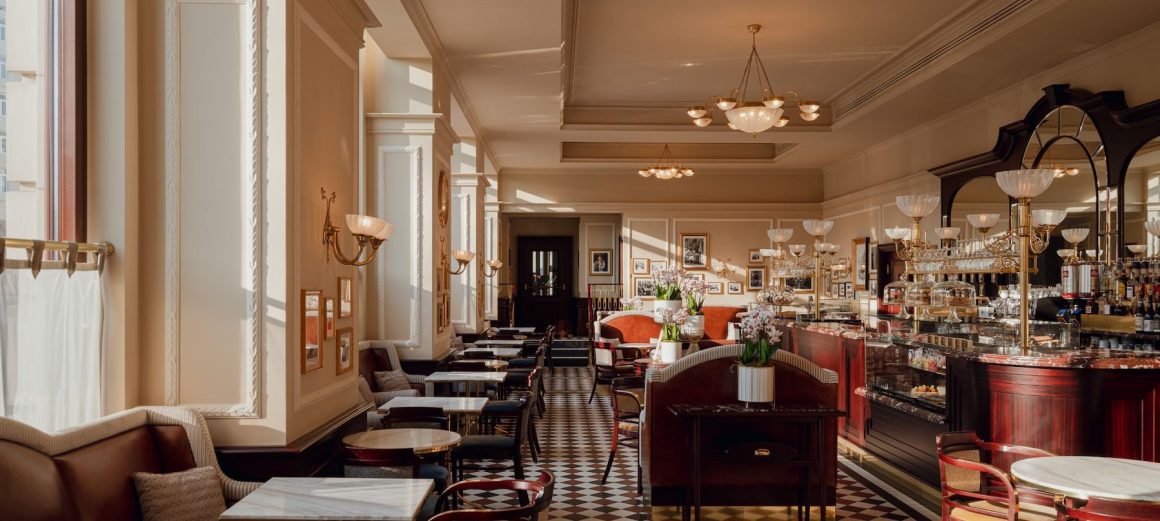
Inside Hotel Bristol, one of Warsaw’s most historic hotels (opened 1901), the Bristol Bar offers an old-world setting with marble floors and Art Deco details.
Known for its champagne selection, a glass starts at 65 PLN ($16). They also make cocktails inspired by Polish history, like the Warsaw Mule with local vodka. The bar attracts diplomats, journalists, and guests from the hotel’s political and cultural events.
7. For Free: Multimedia Fountain Park
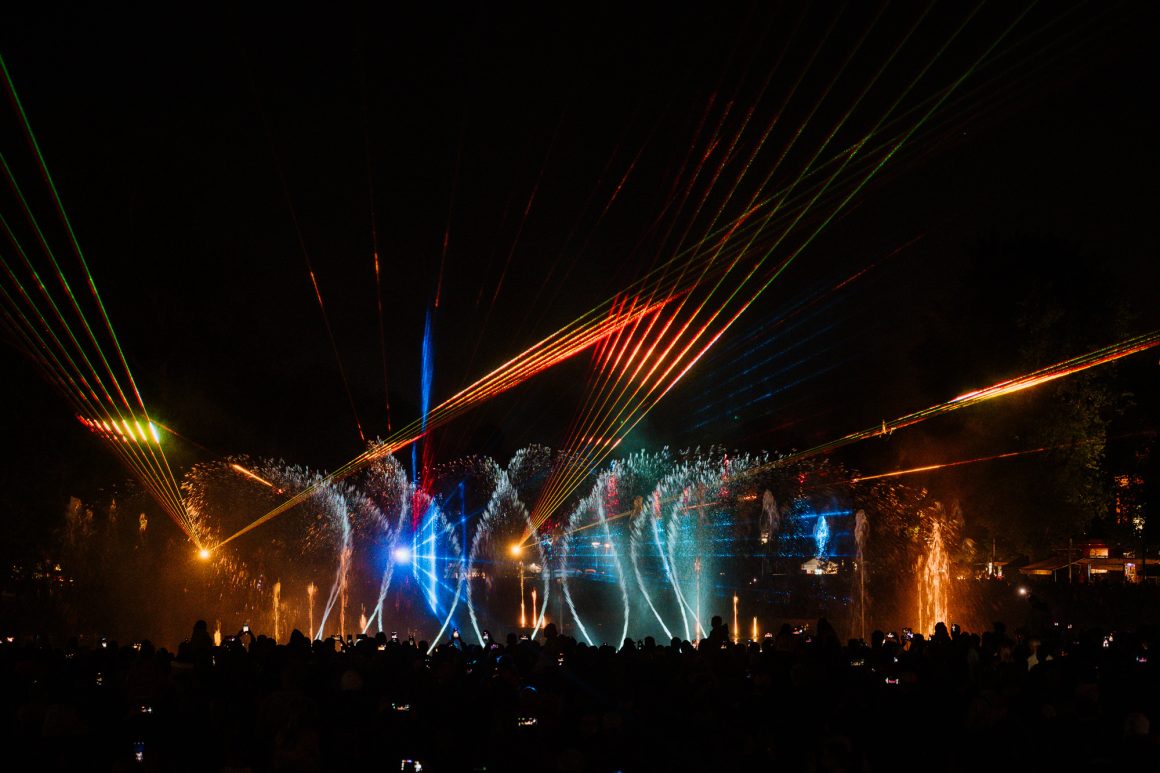
Open from May to September, the Multimedia Fountain Park near the Vistula River is a free evening show combining music, lights, and water choreography. The fountains were installed in 2011 and draw both families and couples.
Shows run on weekends at 9:30 p.m. in summer. In winter, the park hosts festive light installations.
8. LGBT+ Nights at Glam Club
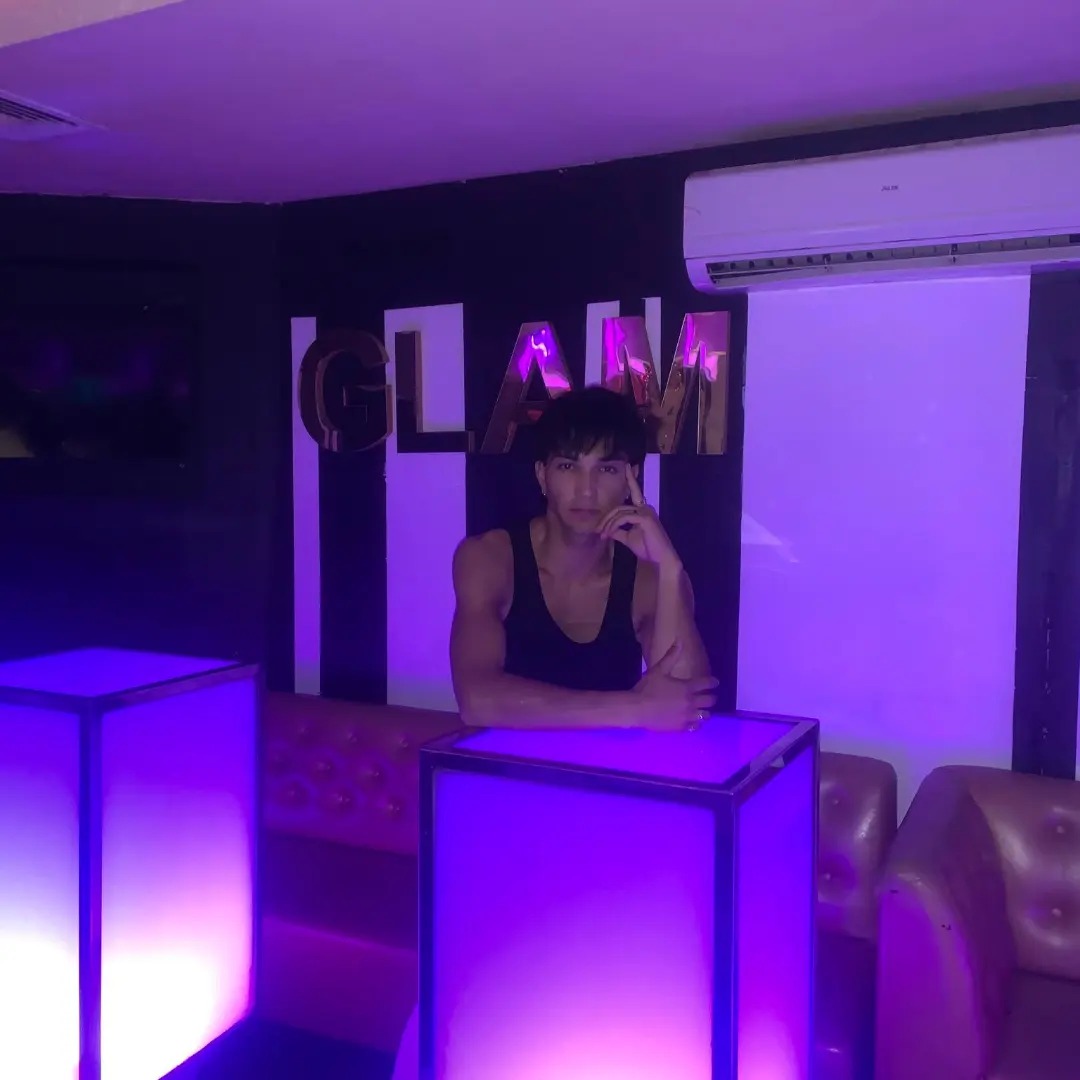
Glam Club, open since 2004, is Warsaw’s most established LGBTQ+ nightclub. Located near the Palace of Culture, it features multiple dance floors and hosts drag performances, themed nights, and guest DJs from across Europe. Entry is around 20 PLN ($5). The crowd is a mix of locals and visitors, making it a lively and welcoming space for anyone.
9. Local Bistro at U Kucharzy w Arsenale

Housed in a historic 17th-century arsenal building, this bistro serves Polish dishes prepared in an open kitchen. Owner Adam Gessler (also of Der Elefant) focuses on traditional recipes, such as duck with red cabbage for 62 PLN ($15). The vaulted brick interiors and antique furniture make it a popular lunch spot for history enthusiasts.
10. Vistula Boulevards
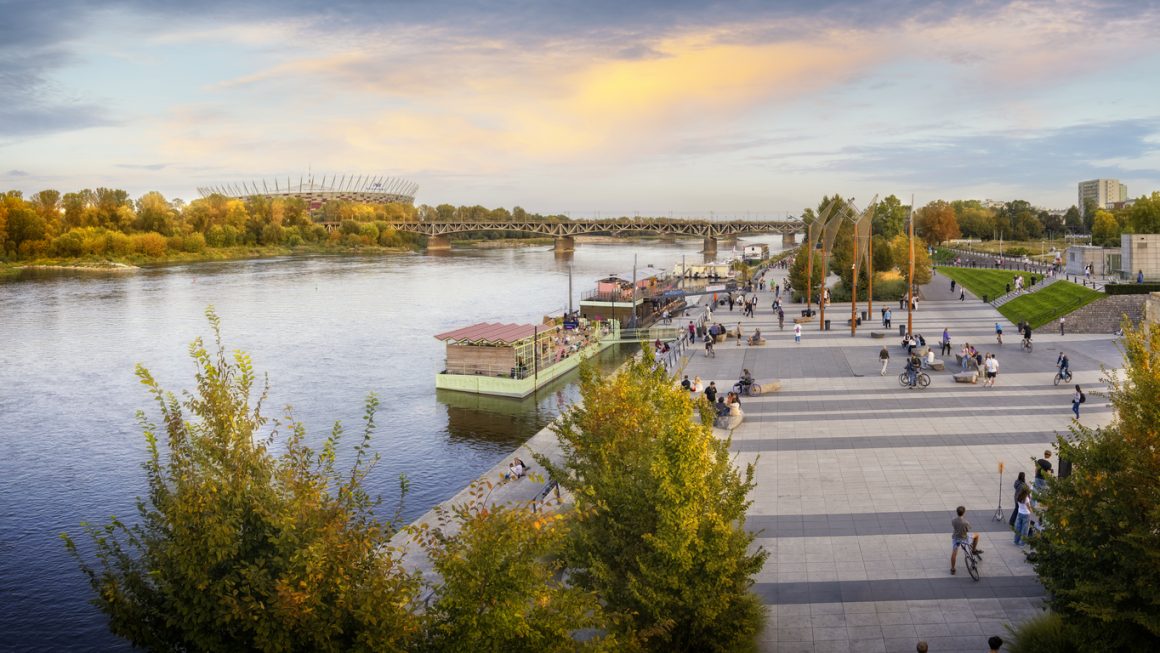
The Vistula Boulevards stretch for several kilometers along the river, redesigned between 2013 and 2017 as a public promenade. Free to access, the area features bike paths, cafés, outdoor gyms, and seasonal concerts. It’s busiest in summer evenings when locals gather for picnics and sunset views.
11. For a Day: Wilanów Palace

Built in the late 17th century for King Jan III Sobieski, Wilanów Palace is known as “the Polish Versailles.” Entry is 35 PLN ($9) for the palace and gardens. The baroque interiors remain largely original, having survived WWII. The palace hosts art exhibitions and seasonal events, and its gardens are especially popular in spring.
12. Outdoor Market at Hala Mirowska
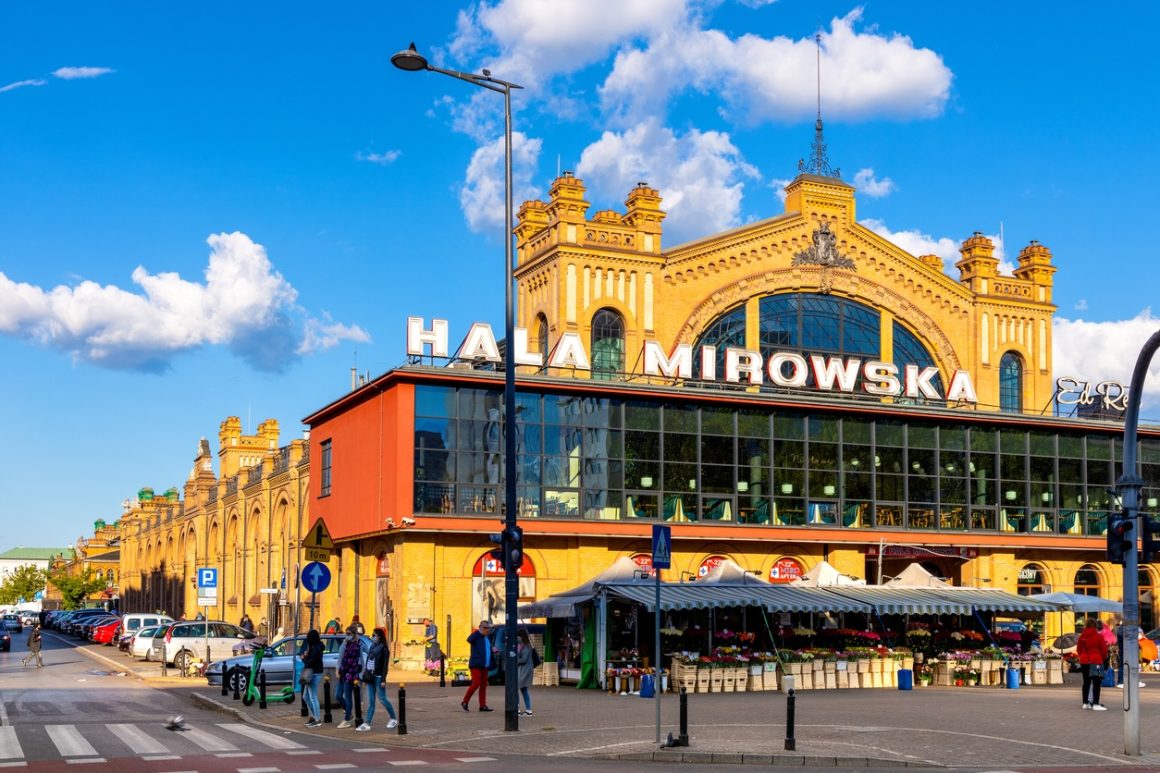
Hala Mirowska is Warsaw’s oldest market hall, built in 1901. The building was heavily damaged during WWII but rebuilt in the 1950s. Inside, you’ll find fresh produce, Polish cheeses, and cured meats, with prices lower than supermarkets. Outside, flower stalls line the street year-round.
13. Spa at Holmes Place Rondo ONZ

While technically a fitness club, Holmes Place offers a luxury spa experience in the city center. Day passes (around 130 PLN / $32) include access to a pool, sauna, steam rooms, and massage services. It’s frequented by business travelers from nearby office towers.
14. Alone: POLIN Museum of the History of Polish Jews

Opened in 2013 and designed by Finnish architects Lahdelma & Mahlamäki, POLIN is a striking modern building on the site of the former Warsaw Ghetto. The core exhibition covers 1,000 years of Jewish history in Poland. Entry is 45 PLN ($11), and audio guides are available in multiple languages. Visiting alone allows you to take in the detailed multimedia displays at your own pace.
Sources:
- Local interviews with residents in Śródmieście and Praga
- National Heritage Board of Poland
- Vogue Polska
- Culture.pl
- Warsaw Tourism Office
You can also visit a coastal city, Gdansk, there are many things to do in Danzig as well, including swimming in the Baltic Sea.





